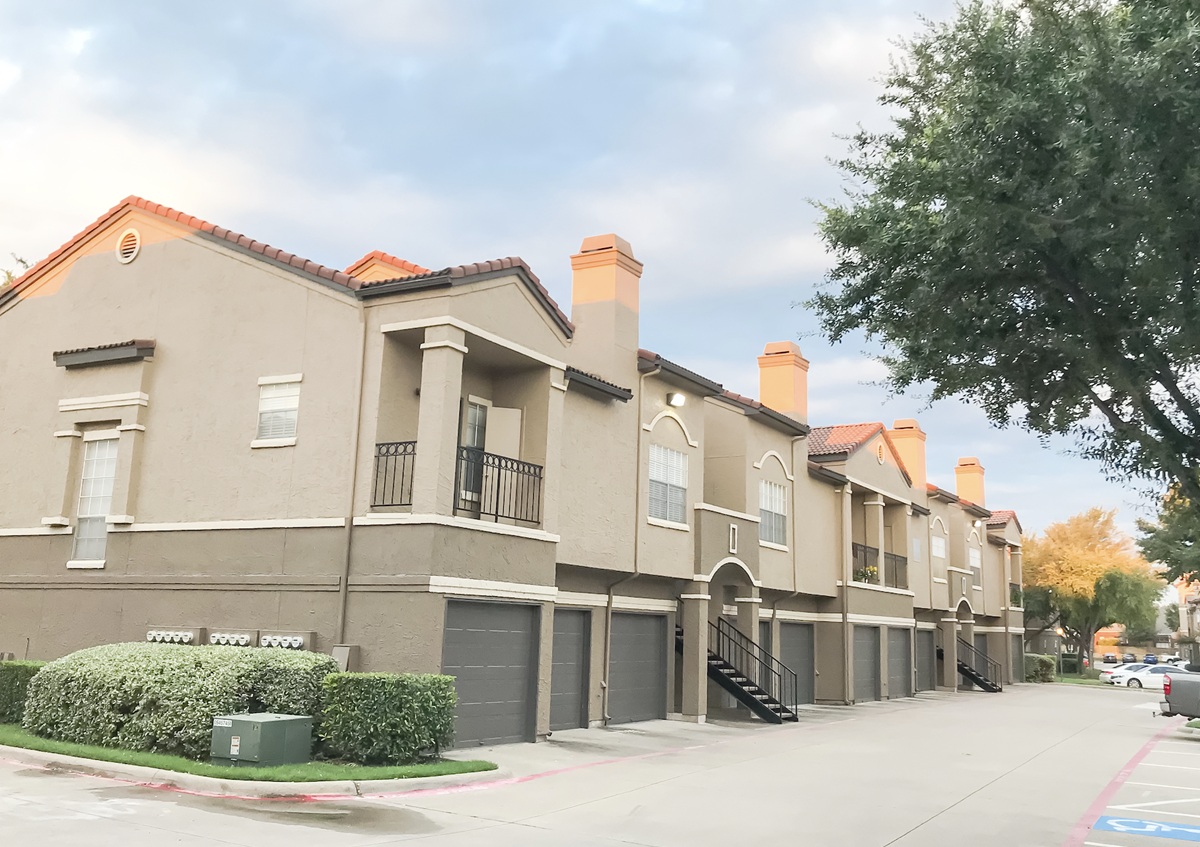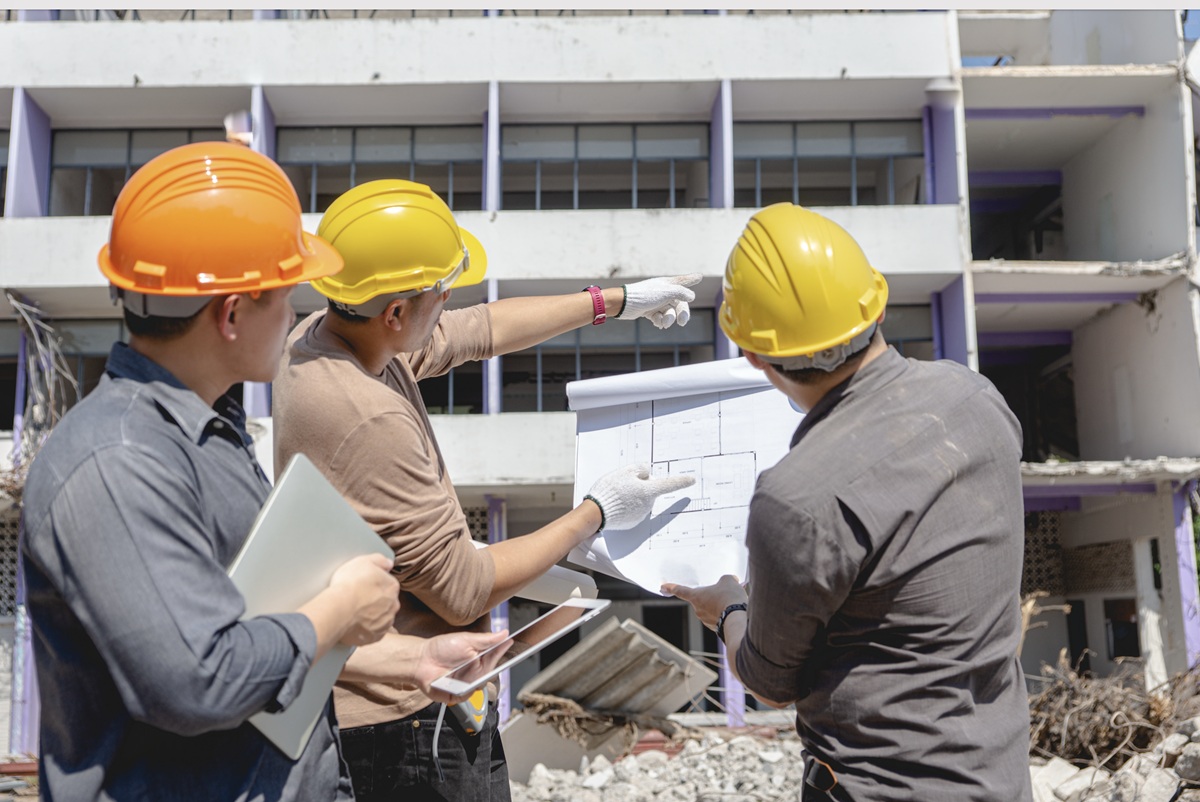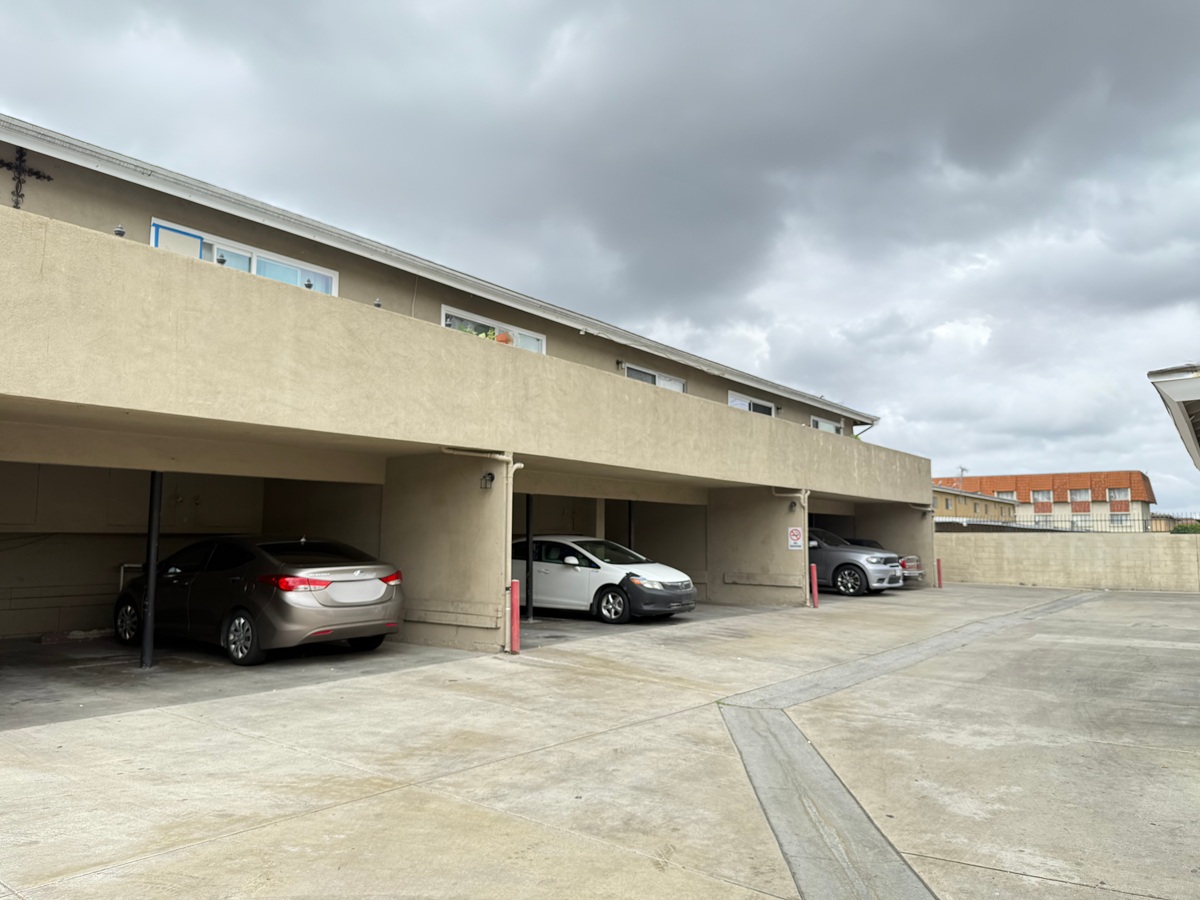A number of Southern California cities have adopted seismic retrofit requirements that go beyond the earthquake retrofit ordinance passed by Los Angeles in 2015.
These cities are ordering vulnerable “steel moment frame” buildings to be upgraded.
A popular type of construction in which a building’s skeleton is made of steel beams and columns, these steel moment structures were built before the mid-1990s and can be vulnerable because of brittleness around the connection points.
During the 1994 Northridge earthquake, 25 steel moment frame buildings were significantly damaged, including the Automobile Club of Southern California building in Santa Clarita. That showed how cracks can form in the frames of these buildings during an earthquake.
Burbank adopted a non-ductile steel moment frame building ordinance in 1998 requiring the repair of these structures after the Northridge quake exposed that several high-rise steel-frame buildings experienced brittle damage to their welded beam-to-column connections.
A U.S. Geological Survey simulation released in 2008 of a magnitude 7.8 earthquake in Southern California said it’s plausible that five high-rise steel buildings holding 5,000 people could collapse.
West Hollywood completed a survey of 4,500 buildings in 2017 and crafted a comprehensive seismic program to seismically strengthen three critically vulnerable building types. The City Council approved the wood soft-story ordinance, and subsequently adopted the ordinance covering non-ductile concrete and steel moment frame structures in August 2017. The ordinance covered buildings using steel moment frames built under building code standards enacted before December 1995.
A city that recently took similar action more recently is Torrance. In March, 2023, the coastal suburb passed an ordinance requiring retrofits of soft-story, non-ductile concrete, and tilt-up buildings. In addition, pre-Northridge steel moment frame buildings to be retrofitted. In all, about 1,300 buildings may be affected.
“This has been a long time coming,” according to Torrance Councilmember Mike Griffiths, adding that the idea has been under discussion since at least 2018. “There is enthusiastic support to move this forward.”
In February, 2023 Los Angeles County took the first step toward a mandatory retrofit order for the types of concrete buildings that catastrophically collapsed in the devastating earthquakes that shook Turkey and Syria early this year. These structures lack sufficient reinforcing steel within the concrete frame, allowing chunks of concrete to explode from the columns when shaken, leading to a collapse.
Long Beach is currently considering development of a voluntary retrofit program applying to steel moment frame structures.
Seismologist Lucy Jones recently told the Los Angeles Times she was heartened by the retrofit progress in Santa Monica, Los Angeles and other communities. “Every building that’s retrofitted is not going to be killing somebody.”
Such pre-Northridge steel moment frame buildings that have not been retrofitted are considered susceptible to severe structural damage or even building collapse in major earthquakes.
In addition, the dozens of brick and concrete tilt-up buildings that remain vulnerable in Santa Monica are concerning, Jones said. These types of structures have long been fixed in other jurisdictions, and they’re “the most dangerous types of buildings,” she said.
In October, an analysis by structural engineer Keith Porter — an expert on California seismic safety issues — calculated that Los Angeles property owners already had spent more than $1.3 billion retrofitting about 8,000 soft-story buildings.
Failing to retrofit and having to deal with the high cost of extreme damage after a quake, however, could be as much as 32 times more costly than investing in a seismic retrofit, when building repair, rental income disruption and other losses are included.






